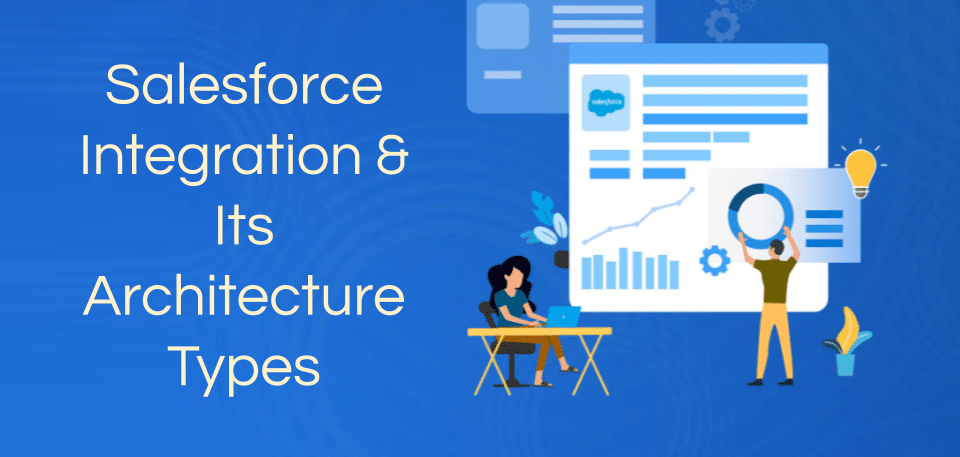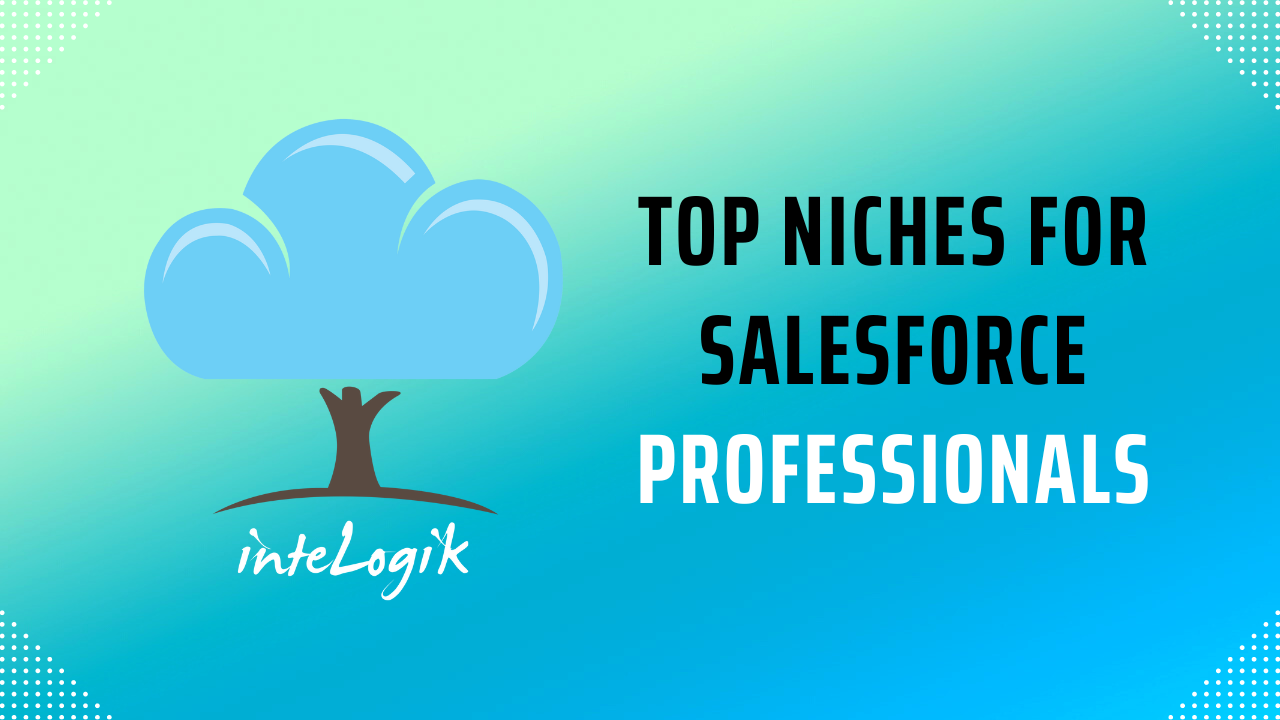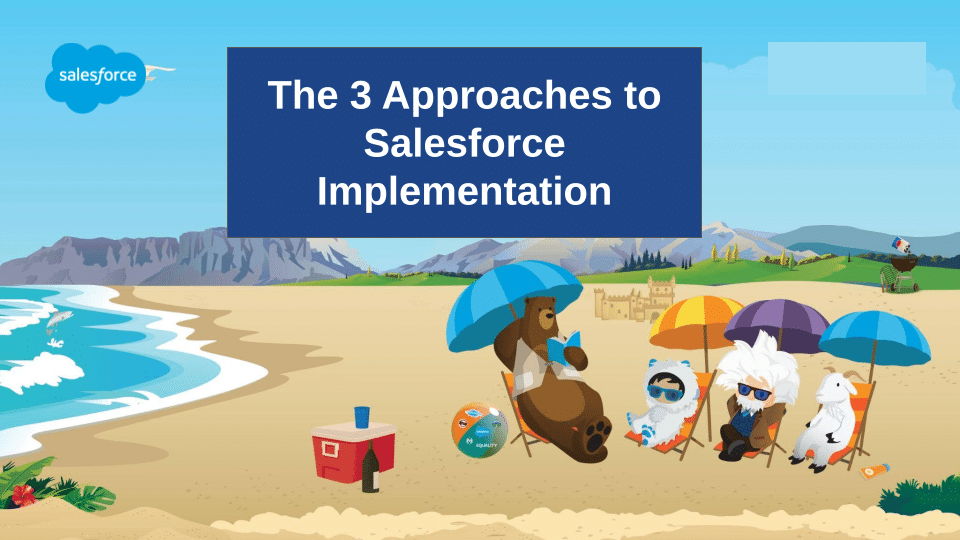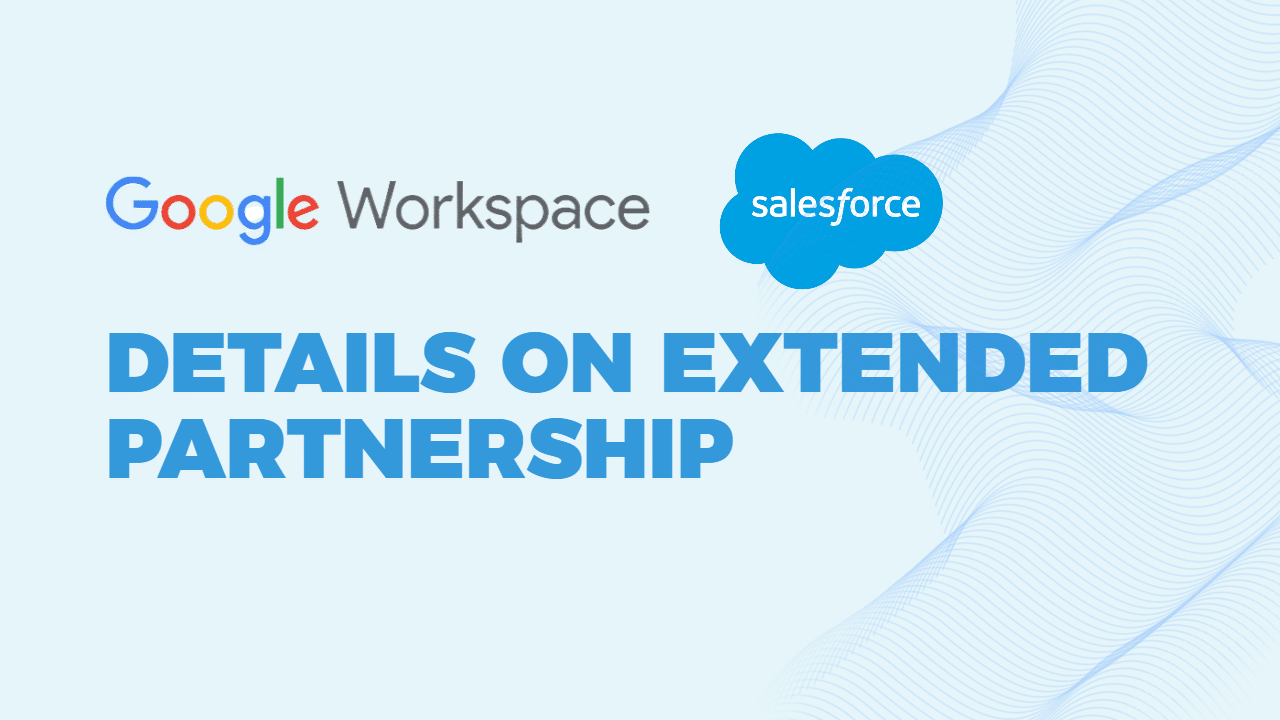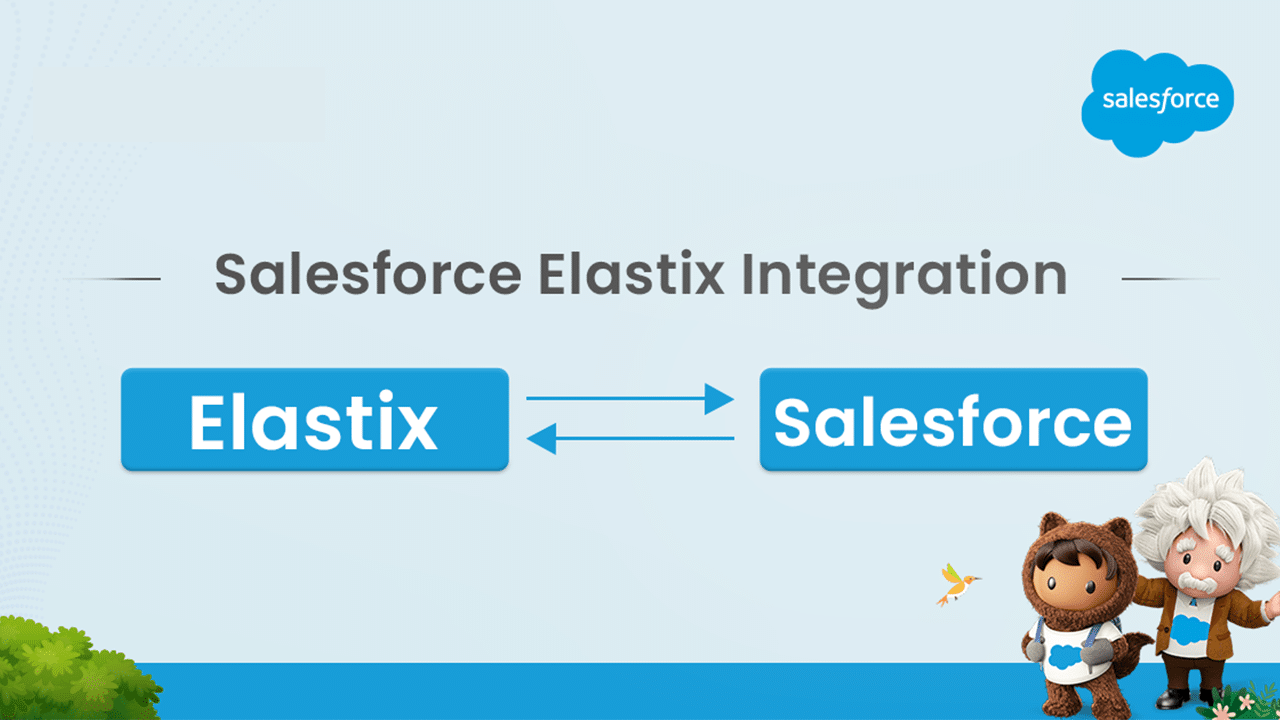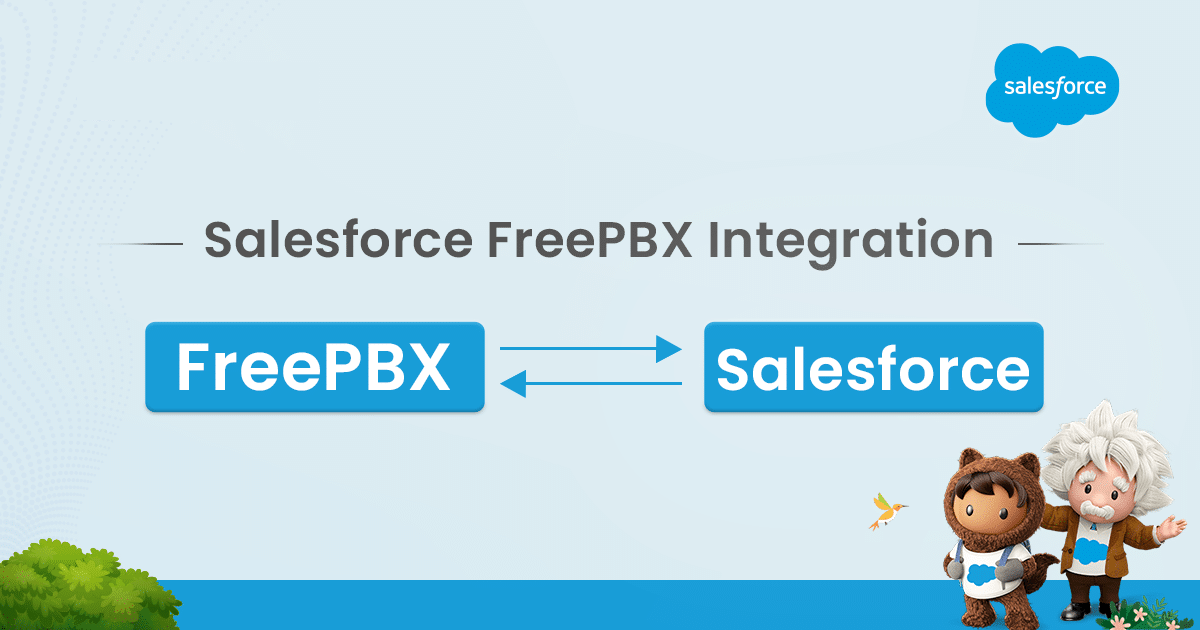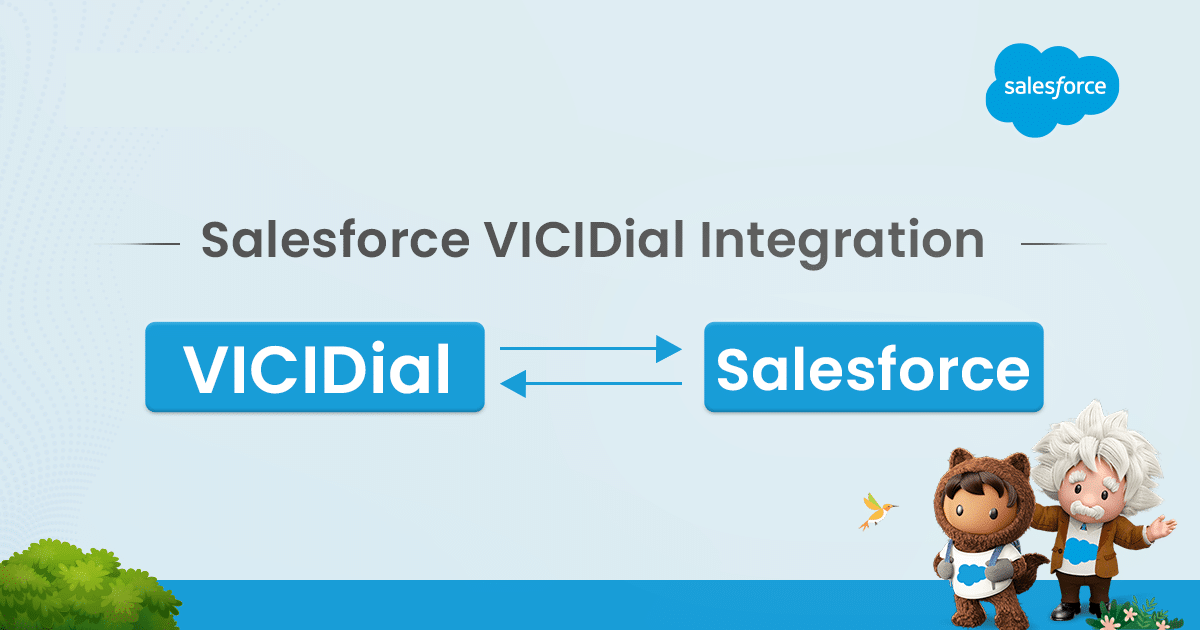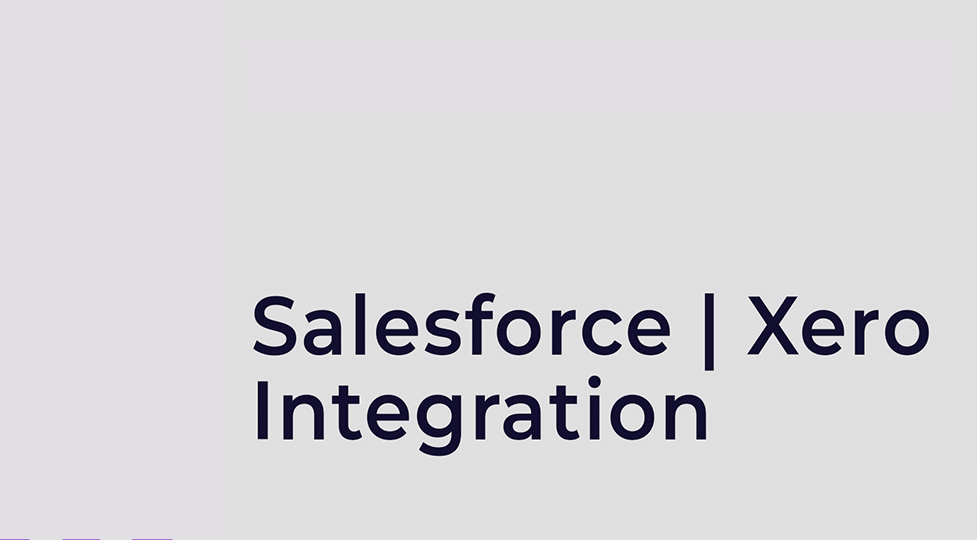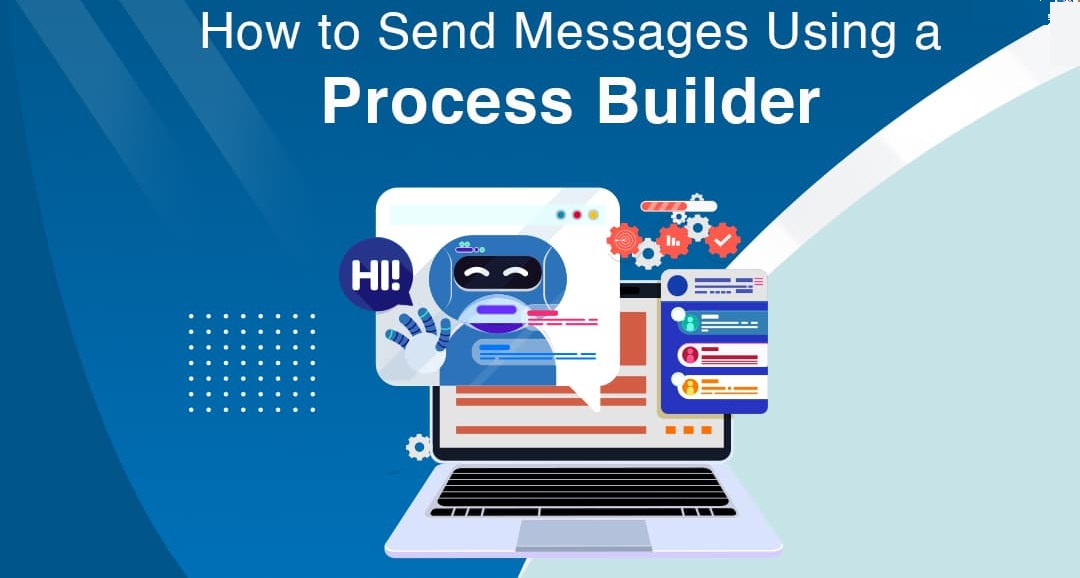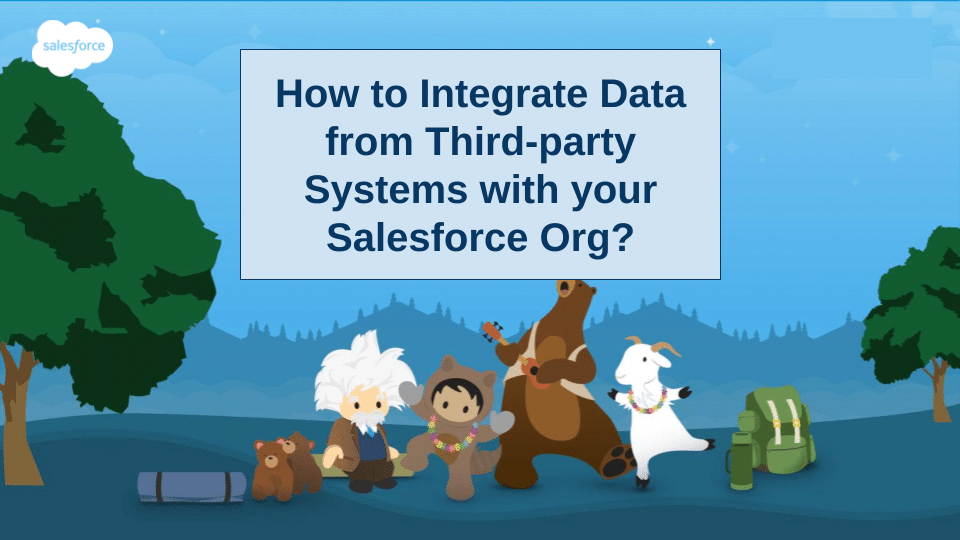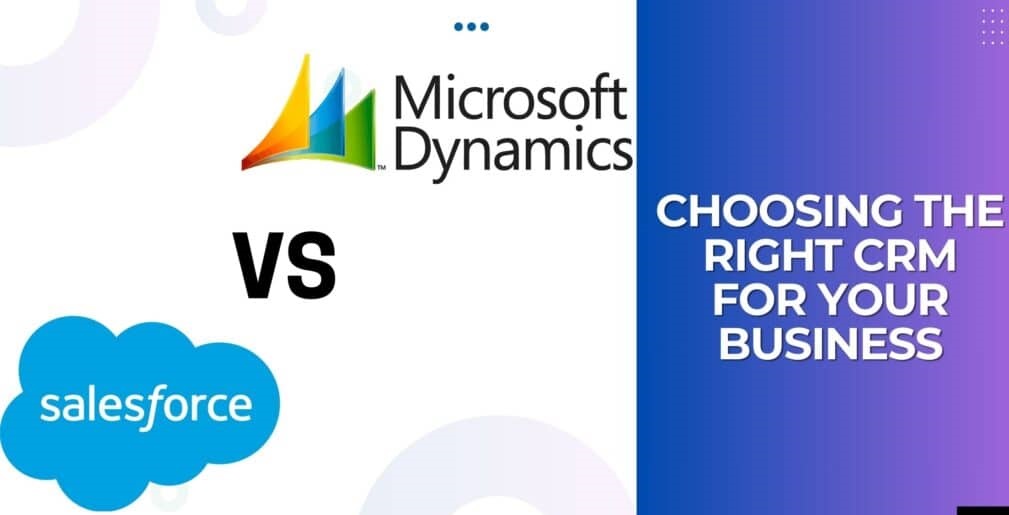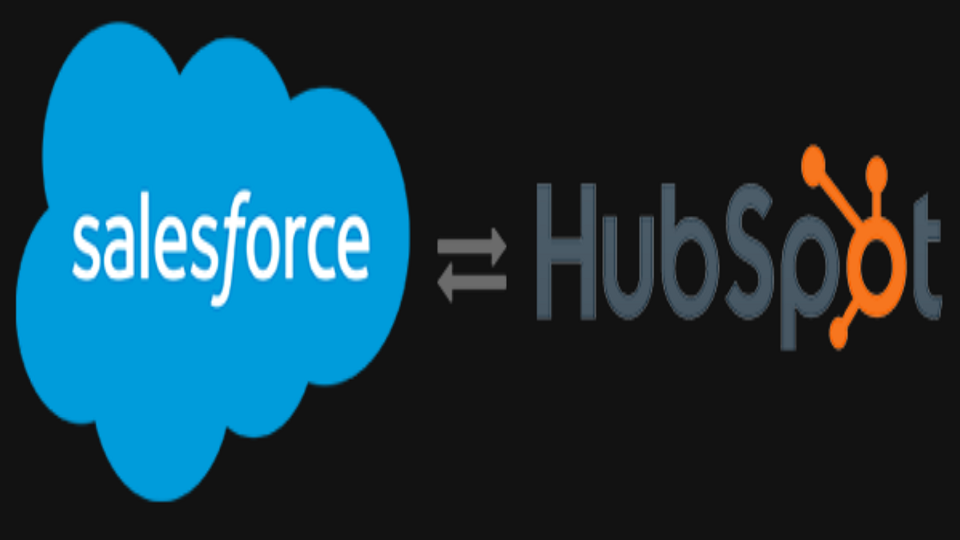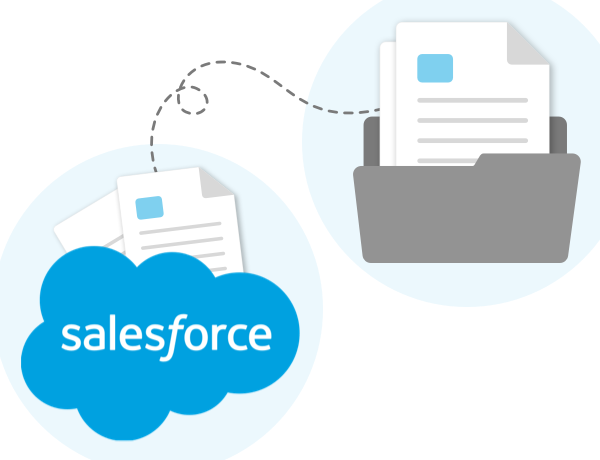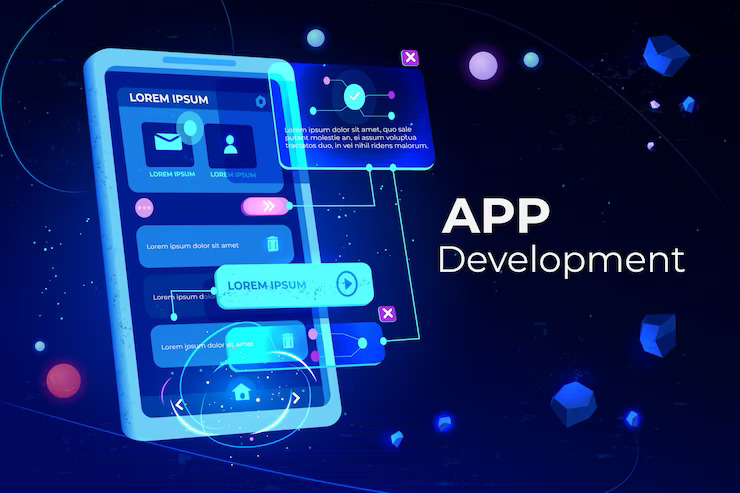Salesforce integration involves connecting Salesforce with other systems to enable seamless data exchange and streamline workflows. Various architecture types exist for Salesforce integration, each catering to different requirements:
1. Point-to-Point Integration: Direct connection between systems, simple but can become complex with more integrations.
2. Middleware Integration: Middleware platforms act as intermediaries, offering connectivity, data transformation, and orchestration capabilities for easier management and scalability.
3. API-Based Integration: Utilizes Salesforce APIs like REST, SOAP, Bulk, or Streaming APIs for flexible data exchange, offering control over processes but requiring more development effort.
4. Event-Driven Integration: Triggers actions in response to events or data changes, enabling real-time synchronization and automation through features like Platform Events and Change Data Capture.
5. Custom Integration Solutions: Tailored solutions combining various methods including APIs, middleware, event-driven architecture, and custom code to meet specific requirements, offering maximum flexibility but requiring significant development and maintenance effort.
The choice of architecture depends on factors such as integration complexity, scalability needs, budget, and existing infrastructure.

